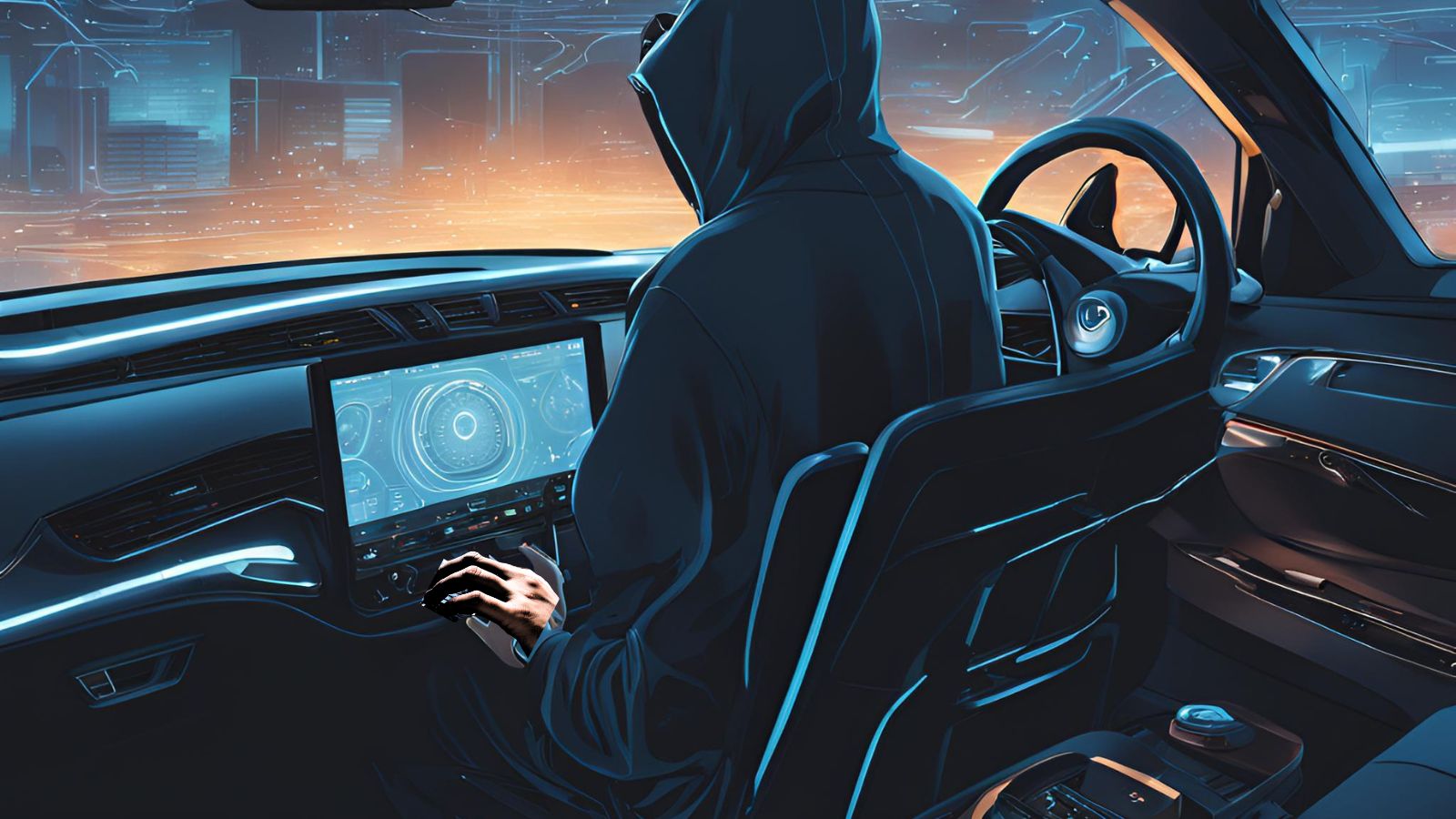
What is the Strongest Encryption Today?
The digital encryption of data is an essential component of the systems that make the world go round. From eCommerce to secure military and government communication, everyone benefits from the security that encryption brings.
That being said, not all encryption is made equal. We already have a long list of encryption algorithms that have been made obsolete. Where they once were capable of keeping just about anyone out, not they’re pushovers. Thanks to advances in processing power, machine learning methods and the field of cryptography itself there are now far more powerful encryption solutions out in the wild. These are the strongest forms of encryption today.
RSA
The RSA or Rivest-Shamir-Adleman encryption algorithm is one of the most powerful forms of encryption in the world. It supports incredibly key lengths, and it is typical to see 2048- and 4096- bit keys.
RSA is an asymmetric encryption algorithm. This means that there are two separate encryption keys. One encrypts information and is public for everyone to see. The other can decrypt that data and is private.
RSA is in widespread use, but it isn't typically used to encode the actual data that passes through the internet. Although it is incredibly strong, it's also very slow, which means it is unsuitable for either encrypting discs or web traffic. Instead, RSA is mainly used to encrypt the keys of another algorithm. One which is symmetric, but much faster. This means that the other algorithm only has one key for both encrypting and decrypting data. While they are very secure, if the key gets out the whole thing falls apart. So RSA enables us to use fast symmetric encryption algorithms on public networks such as the internet.
Reportedly a 768-bit RSA key has been broken, but no one uses anything less than 1024-bits these days.
AES
The Advanced Encryption Standard is actually commonly paired with RSA as its symmetric partner. AES is so strong that it has become the official encryption standard of the US government.
While several theoretical attacks exist that might enable code breaking faster than simple brute force would, they haven't shown to be practical at this time. The US government considers AES strong enough to protect secret information and even TOP SECRET info at the higher key lengths.
The Future Champions
While the best encryption algorithms we have today are certainly very impressive, the race to the ultimate encryption solution is far from over. There are already several theoretical and experimental approaches to cryptographic that promise security levels higher than anything we could have dreamed of.
Quantum Cryptography
Quantum cryptography is a very powerful computing method that uses the uncertainty inherent to the quantum realm to perform tasks. The computers we use on a day-to-day basis are binary. That means they use the numbers one and zero to compute. In other words, the bits of data used to perform computations can only be in one of two states.
Quantum bits, or “qubits” can be in both states at once. Which means a quantum computer that’s working on a problem can be in all possible states at once. It seems like black magic and only a few people in the world really understand how these computers work. The bottom line is that they can solve certain types of problems thousands or millions of times as fast as the best supercomputer of today.
DNA Cryptography
The code of life itself, DNA, is the most ancient information carrying code that we know of. Every living creature on Earth has their entire evolutionary history locked away inside their cells. DNA contains the instructions on how to create complex creatures such as us and everything else. So could DNA also be used as a strong form of encryption?
DNA computers are an emerging form of radical computing that, like quantum computing, promises to break existing strong encryption as a triviality. Unlike quantum computing, DNA computing is very slow. However, you can have trillions of DNA strands working in parallel, which means the potential computing power is truly massive. Compared to the fastest computers today the estimate puts a DNA computer at 100 times their performance. DNA computing also has incredibly low energy requirements, which is one of the limiting factors in both making and breaking truly powerful encryption algorithms.
There’s the potential to use this technology to create incredibly secure encryption. This goes along with the incredible information density of DNA. A single gram of DNA can contain more than 100 TB of data.
It sounds a little crazy, but the very information format of life itself could turn out to be one of the ultimate computing approaches in history.
Photonic Encryption
Traditional computers use electrons to whiz about the CPU's pathways and actually drive the computations of the machine. While electrons are incredibly fast, photons are much faster. In fact, since photons are the fundamental component of light, they go as fast as is possible in this universe. At least as far as we know.
Which is why photonic computers are such an exciting idea. However, there's a mountain of practical problems that have to be solved before we can have any hope of a photonic computer that can compete with general purpose silicon CPUs.
That doesn't mean we don't already have some applications for the photonic technology. With encryption specifically, there have been some breakthroughs in using photonics to improve existing encryption.
One ingenious approach is to use a photonic chip as a true random number generator. Random numbers are a key element of strong encryption, but conventional computers can't actually generate them. Ironically, this type of chip relies on the randomness in quantum effects when two lasers interact. So it comes full circle again to the general area of quantum computing.
Unbreakable
In theory, any type of encryption can be broken given enough time, energy and processing power. Our current encryption methods are secure because they require impractical amounts of at least one of those three factors.
That's not a stable situation, however. Computers are getting faster and more power efficient all the time. The radical computing methods I highlighted above could even cause an exponential and sudden jump in both of those factors. Instantly rendering current encryption meaningless.
So we find ourselves in an arms race between the ability to break code and encryption itself. The strongest forms of encryption today will be probably laughably weak by the middle of the century. Luckily those same tools are likely the key to the next generation of impossible encryption algorithms.











